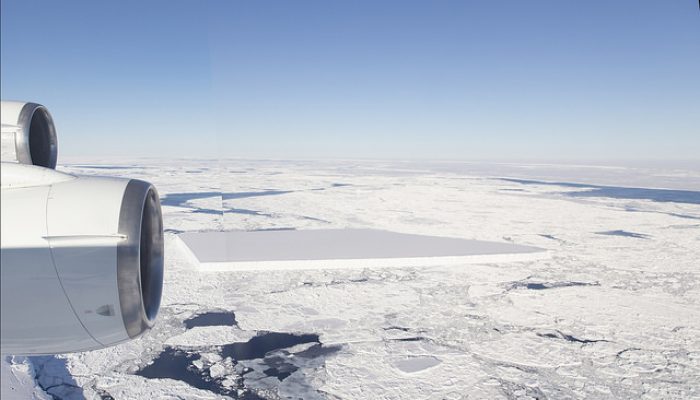In this week’s blogpost, author, editor, artist, and outreach expert Marlo Garnsworthy gives some insights into her recent trip to Iceberg Alley, gives you some tips on how to communicate icy science, and shows us her inspirational artwork. If you’re reading this, ice may be on your mind. Ice is surely on mine. During my day job as a creative and editor, I dip frequently into Twitter for the lates ...[Read More]
Cryo-Comm – Capturing Ice




